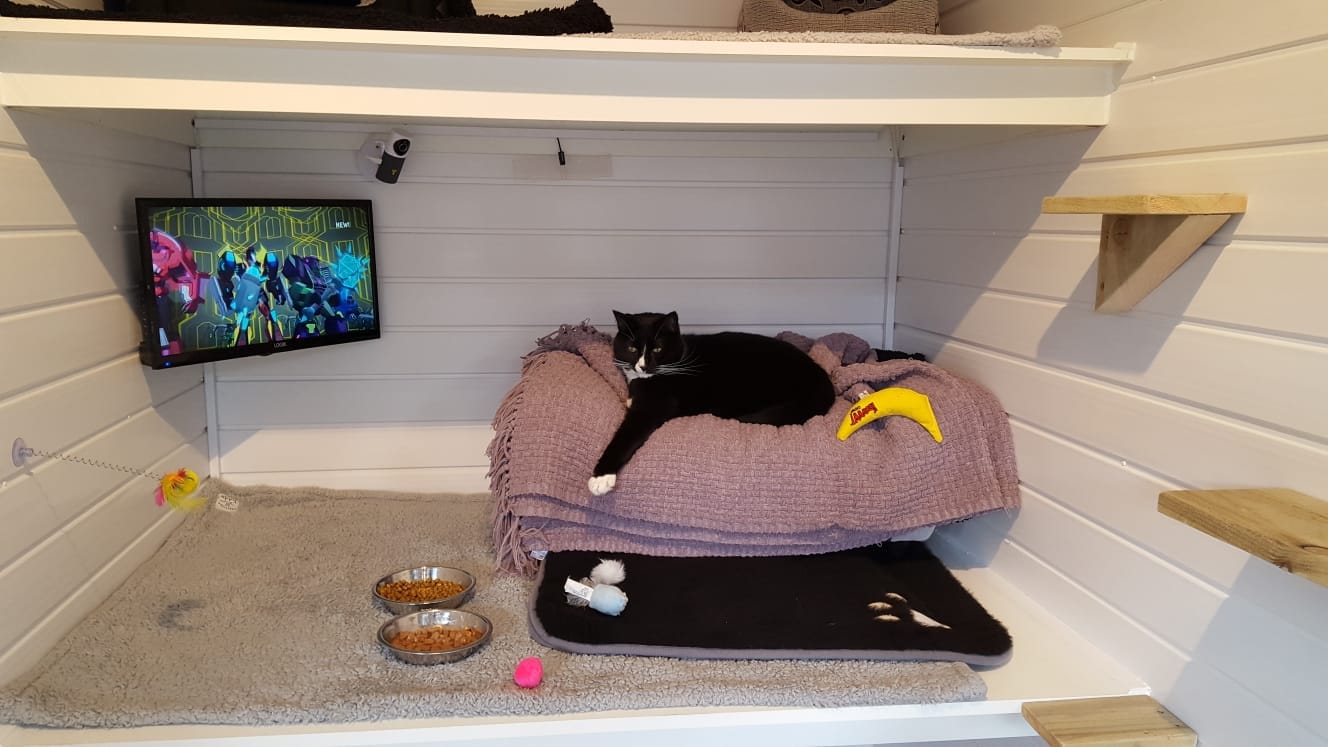Hearing the word “tumor” about your whiskered bestie is gut-wrenching. And of course, the big question pops up: how long can a cat live with a tumor? Let’s walk through the realities, the gentle care that truly helps, and the hope you can hold onto—paw in hand.
Understanding tumors in cats
What is a tumor, exactly?
A tumor is an abnormal growth of cells. It can be benign (non-cancerous) or malignant (cancerous). Benign tumors tend to grow locally and are often curable; malignant ones can spread and need quicker, targeted care.
The most common types
- Skin tumors (including squamous cell carcinoma, often in sun-exposed, light-colored cats)
- Mammary tumors (spaying before first heat lowers risk)
- Digestive tumors (like intestinal lymphoma)
- Bone or soft-tissue tumors
Why do tumors happen?
There isn’t a single cause. Age, genetics, environment, and sun exposure can play a role. White or pink-nosed cats, for instance, are more prone to sun-related skin cancers—think midday naps by the window.
If you want a broader look at health red flags and what to do, here’s a gentle guide to common cat health problems.
How long can a cat live with a tumor?
What shapes the prognosis
- Type of tumor: benign vs malignant, location, and whether it has spread
- Stage at diagnosis: earlier is kinder to outcomes
- Overall health and age: robust seniors can still do surprisingly well
- Treatment choice and response: surgery, chemo, radiation, or comfort care
Some cats with benign tumors live many more years after treatment. For malignant tumors, it truly varies. With timely care, it’s not unusual to see 12–24 months—and some cats do better.
What vets tend to say
Vets rarely speak in certainties because every cat writes her own story. They’ll focus on quality of life, pain control, and the most effective plan for that specific tumor—your cat’s age, comfort, and personality included.
Curious to compare broader numbers? This overview of cat life expectancy helps put things in perspective.
Common mistake to avoid
Waiting “to see if it goes away.” A small lump can change quickly. Early evaluation (and biopsy if recommended) makes all the difference. The sooner you know what you’re facing, the more options you have—and the calmer you’ll feel.
Treatment options and gentle comfort care
What treatments exist?
- Surgery: often first-line for localized tumors
- Chemotherapy: systemic treatment, especially for lymphoma
- Radiation therapy: precise, local control
- Electrochemotherapy: a promising option where electric pulses help meds target tumor cells (learn more)
Surprising fact: many cats tolerate chemotherapy better than humans. Nausea and hair loss are usually milder in felines, so side effects often stay manageable—and quality of life remains the priority.
Comfort counts—every single day
- Create a quiet, cozy zone with warm bedding and easy access to litter, water, and food.
- Offer elevated resting spots they can reach without jumping high.
- Keep routines predictable; cats find comfort in the familiar.
Want to support overall vitality too? These fundamentals on cat lifespan and wellbeing are a kind companion read.
Nutrition that helps
Discuss with your vet, but many oncology teams encourage high-quality protein and omega‑3 fatty acids (EPA/DHA). Some supplements—like curcumin—are sometimes considered, but only under veterinary guidance to avoid drug interactions.
For everyday meals that truly nourish, browse what cats should really eat.
Living better together through treatment
Managing anxiety (hers… and yours)
- Soft voice, clear routines, and gentle handling work wonders.
- Short, positive vet visits if possible, with treats before and after.
- Use pheromone diffusers or calming music for a serene home vibe.
Practical tip: the “T‑shirt cocoon”
Tuck a clean, worn T‑shirt of yours around her bed like a mini nest. Your scent lowers stress and encourages rest. Many Pawtounettes swear by it—heart and science agree that familiarity soothes.
Mobility and play, adapted
Plenty of cats bounce back beautifully after surgery—even tripod queens figure out stairs and, yes, curtain climbs. Keep play low-impact and short; wand toys from the couch are perfect.
Planning long-term? This in-depth look at the life expectancy of a cat with a tumor can help you chart next steps with clarity and calm.
Conclusion
Longevity with a tumor isn’t one-size-fits-all—but love, early action, and tailored care change everything. Whatever the path, your steady presence is her greatest medicine.
FAQ
Can a cat live long with a malignant tumor?
Sometimes, yes. With early diagnosis, the right treatment, and good pain control, many cats enjoy meaningful time—months to years—focused on comfort and everyday joy.
How do I know if my cat with cancer is in pain?
Look for subtle signs: hiding more, reduced grooming, less jumping, appetite dips, or hissing when touched. If you notice changes, call your vet—pain relief is kindness.
Is chemotherapy worth it for cats?
Often, yes, when the goal is quality of life. Many cats handle chemo well, with manageable side effects. Your vet will weigh benefits, comfort, and costs for your cat’s situation.
How can I tempt a sick cat to eat?
Warm food slightly, try shallow plates, offer fragrant toppers (like bonito flakes), and serve small, frequent meals. If appetite stays low, ask your vet about anti-nausea help or appetite stimulants.








